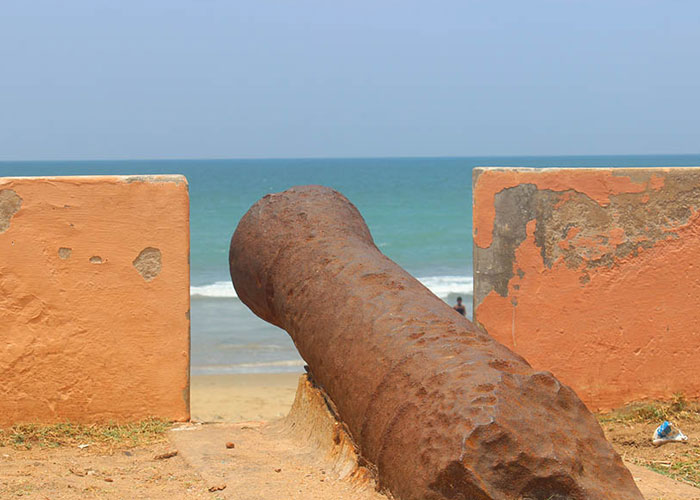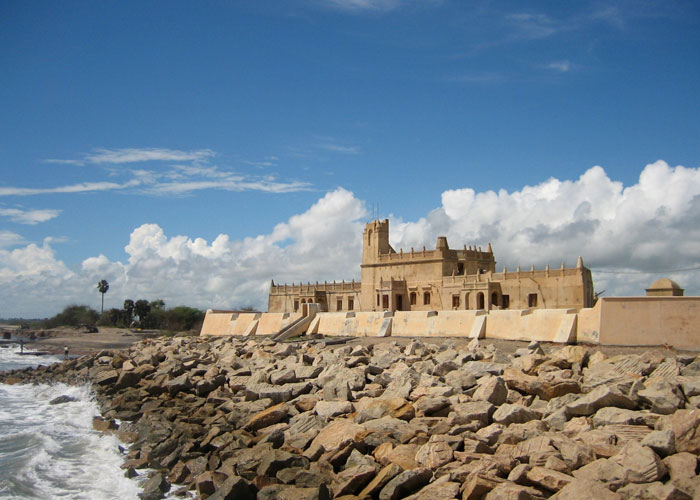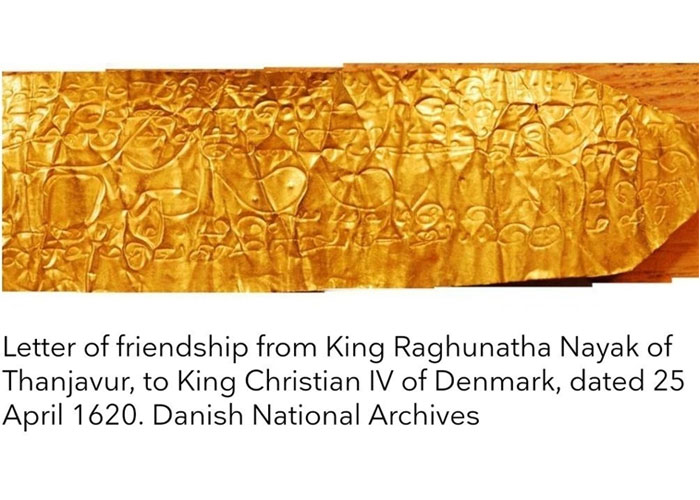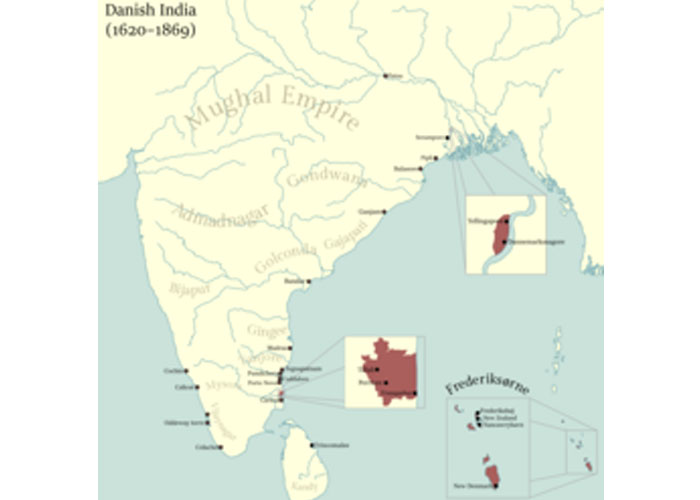King Christian IV of Denmark: Visionary and Trader
Christian IV ruled Denmark from 1588 to 1648 and was a monarch known for his ambitious expansionist and commercial policies. Under his rule, Denmark sought to establish itself as a major trading nation by creating commercial ties with countries as far-flung as Asia. To realize this goal, he chartered the Danish East India Company in 1616, aiming to secure lucrative trading rights in India, similar to other European powers such as the British, Portuguese, and Dutch.
Christian IV’s vision was not limited to profits but included establishing Denmark as a notable colonial power with settlements and trading posts along India’s southeastern coast. His efforts marked Denmark’s official entry into the trade networks of South Asia, and Tranquebar (Tharangambadi) became Denmark’s foothold in India.






